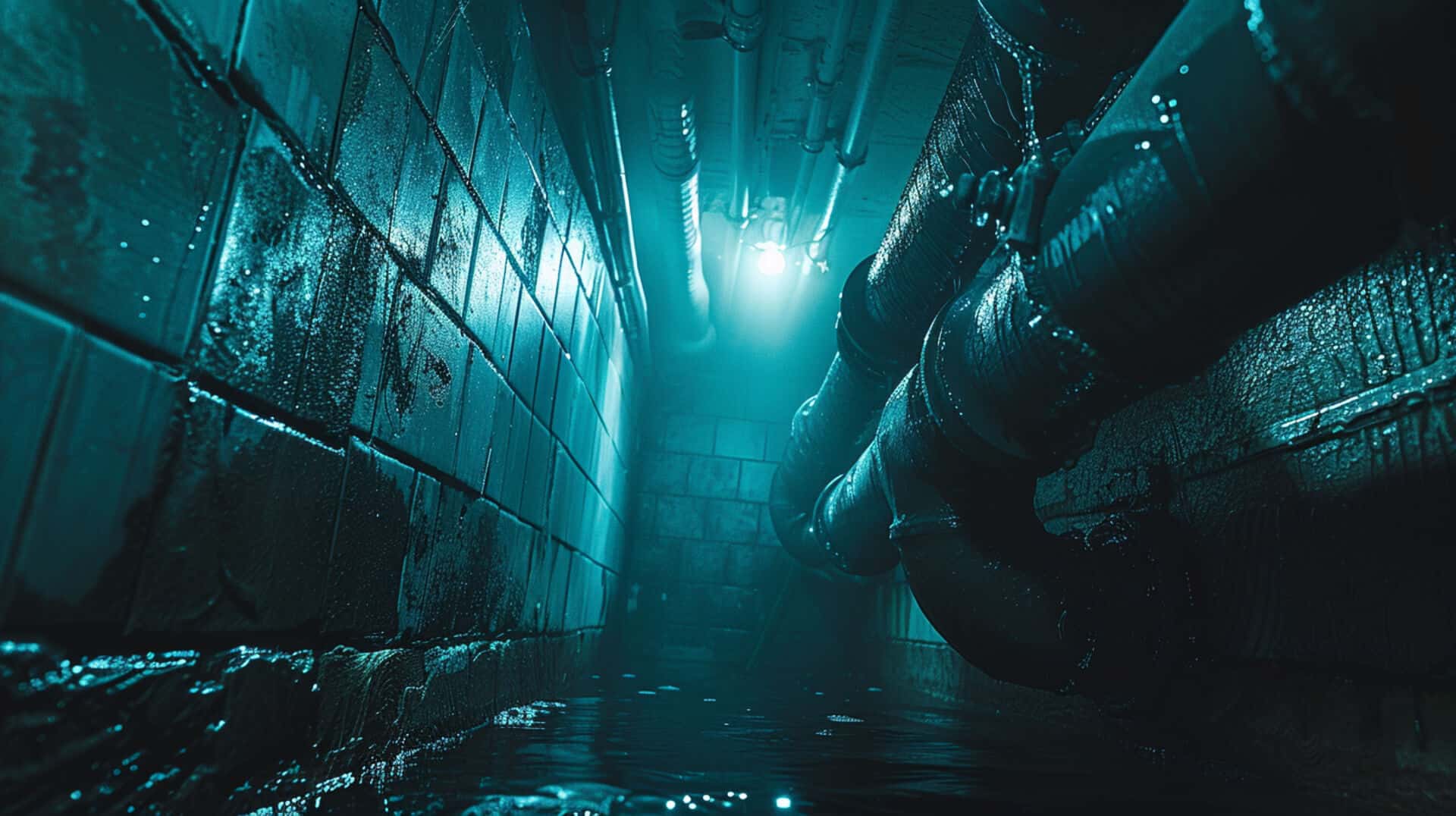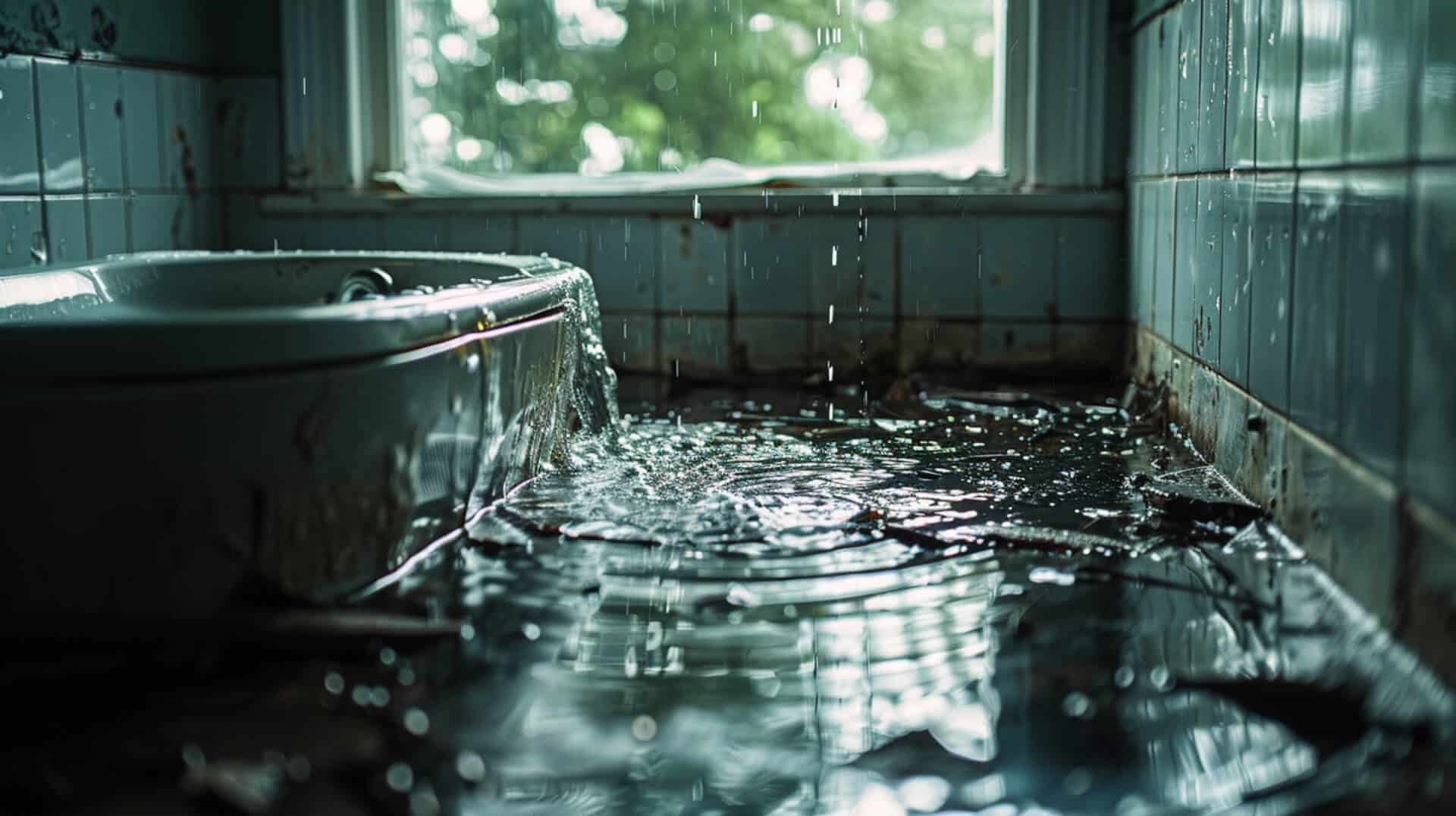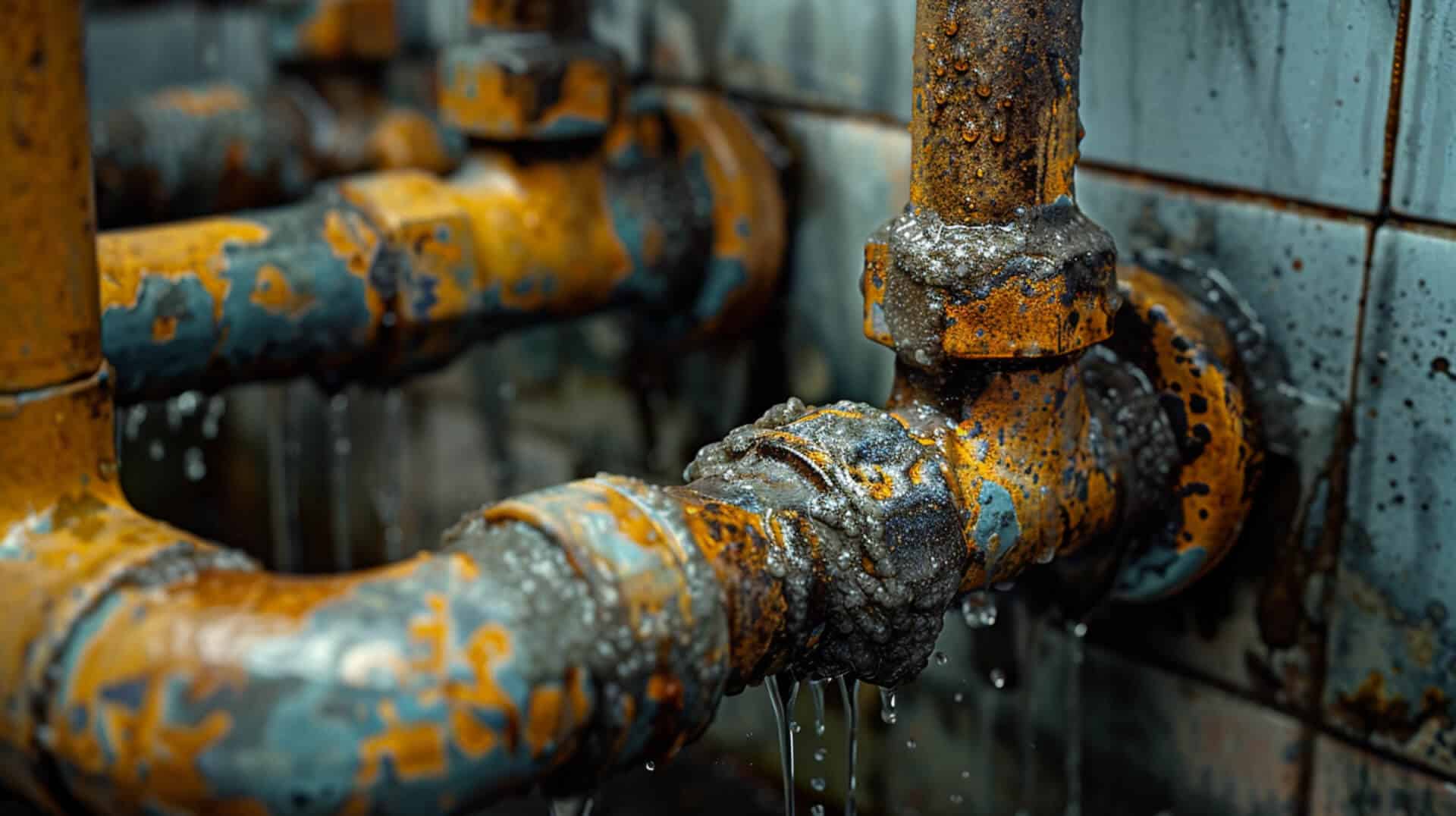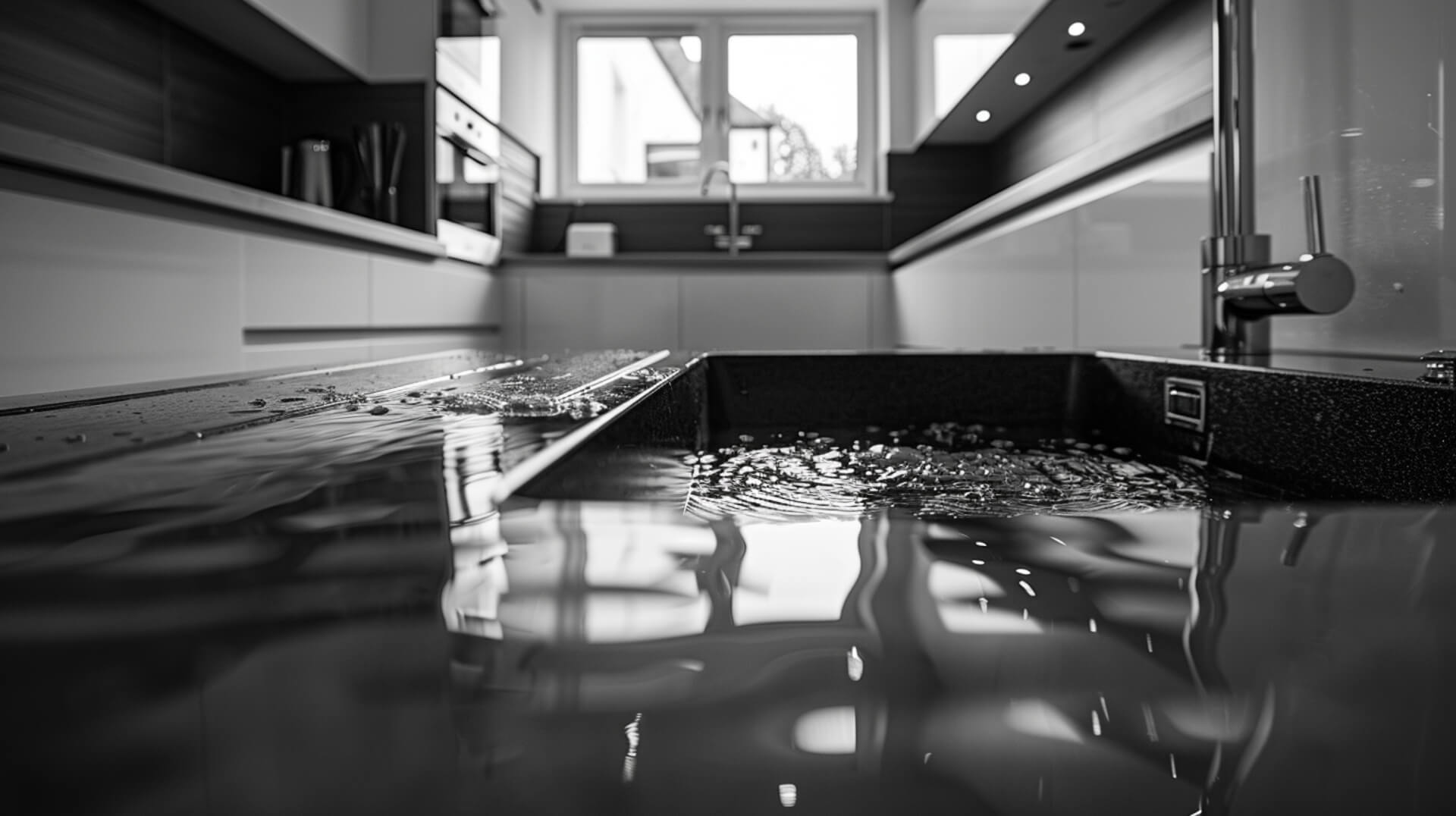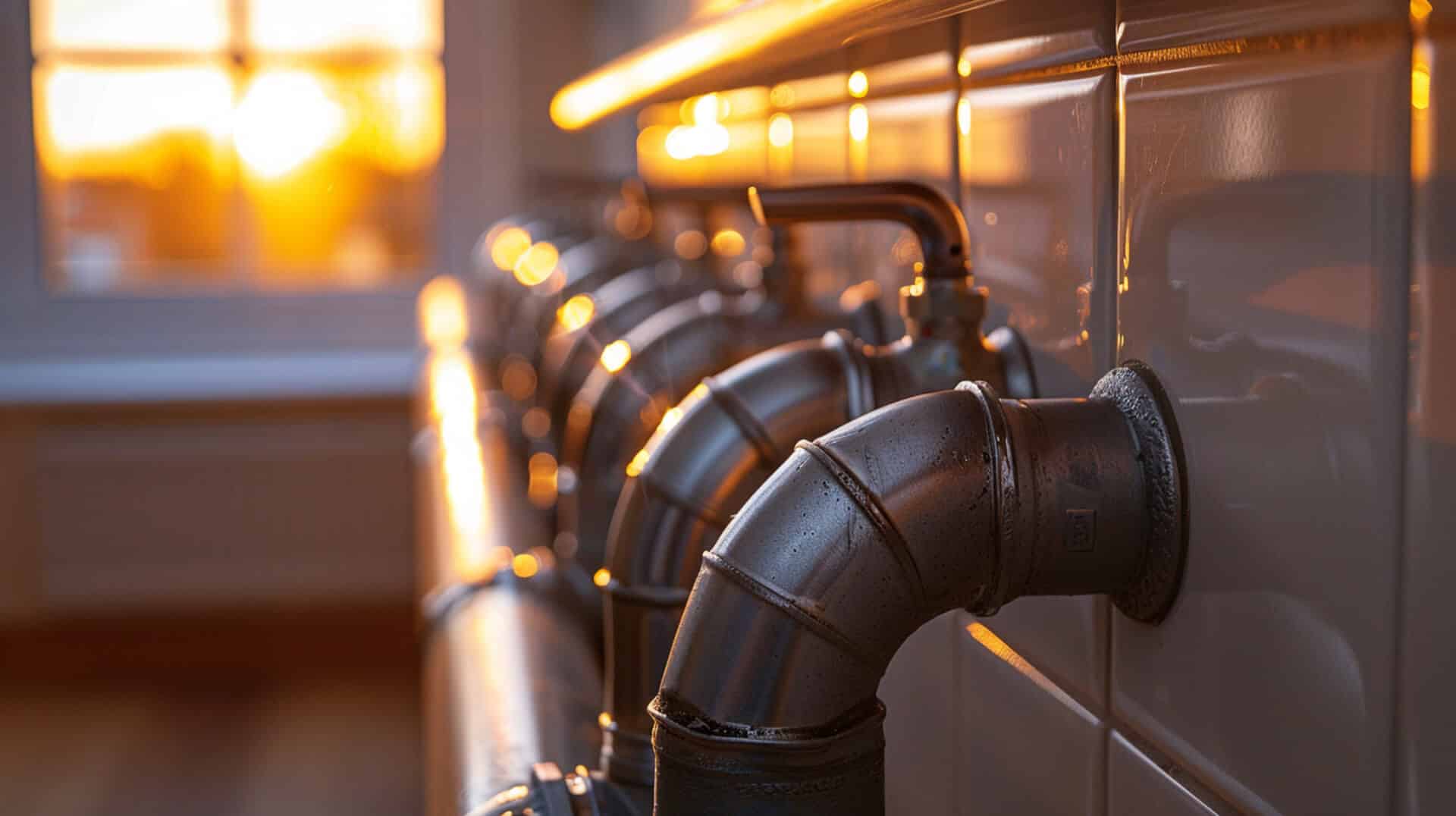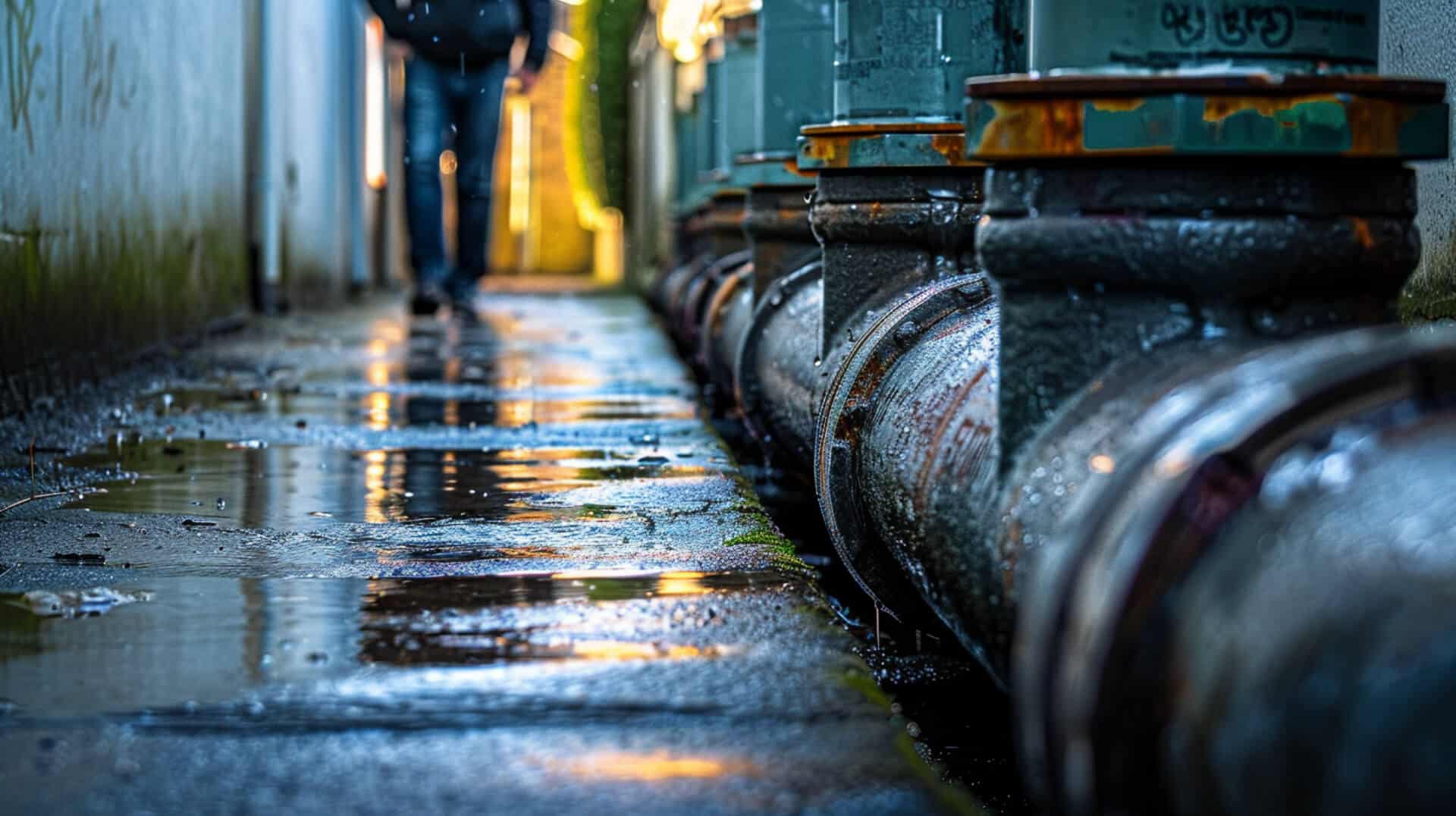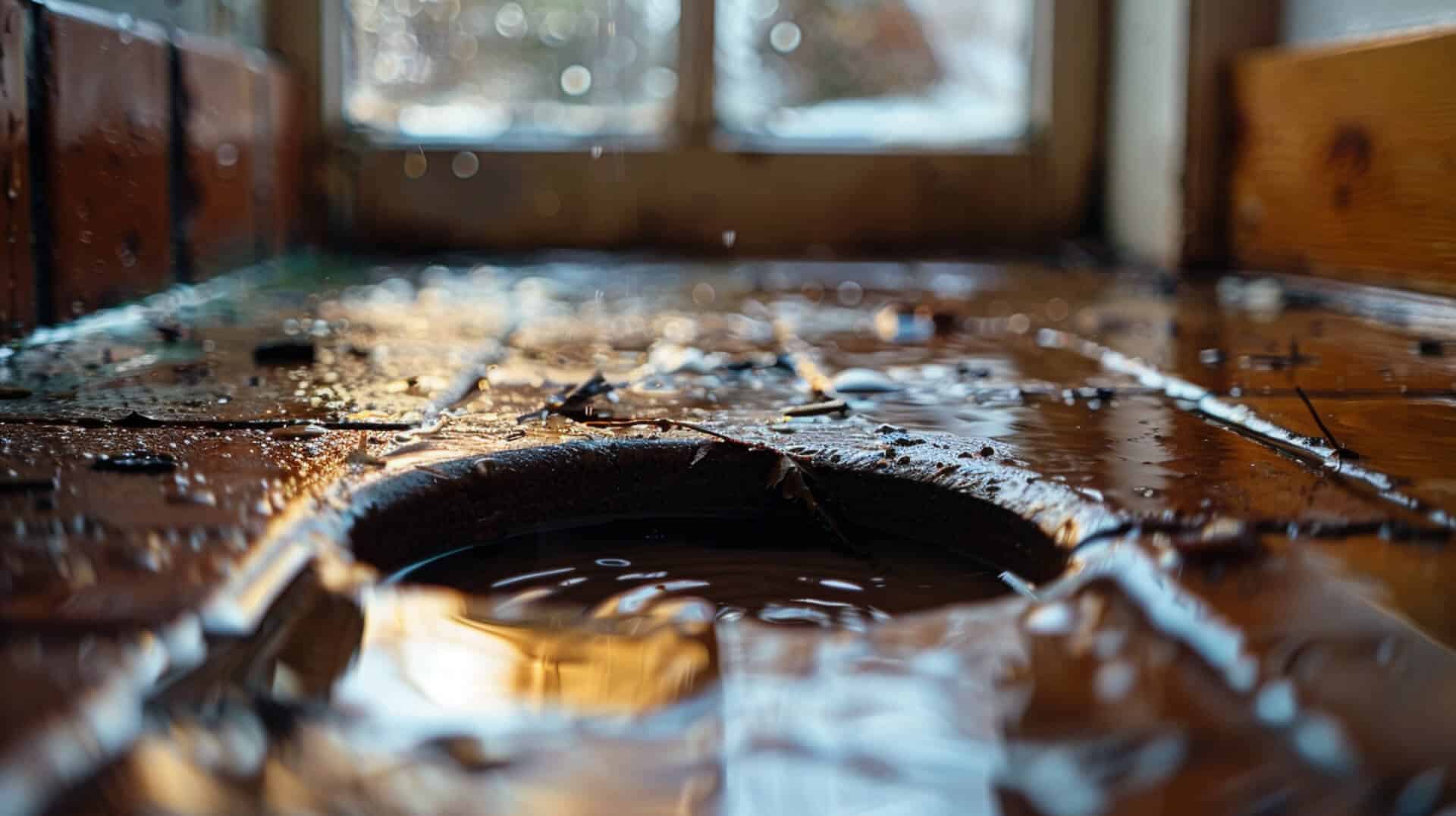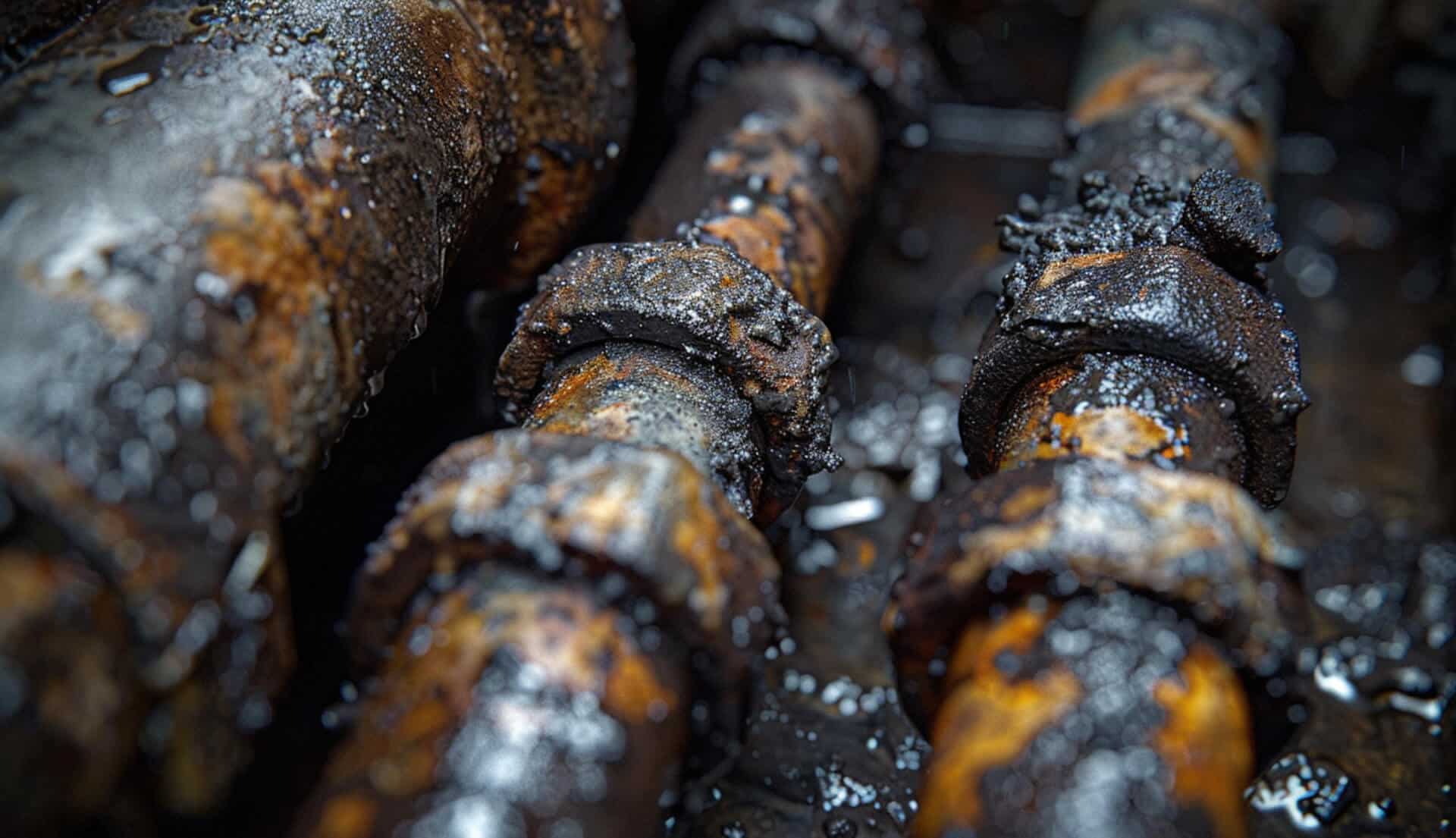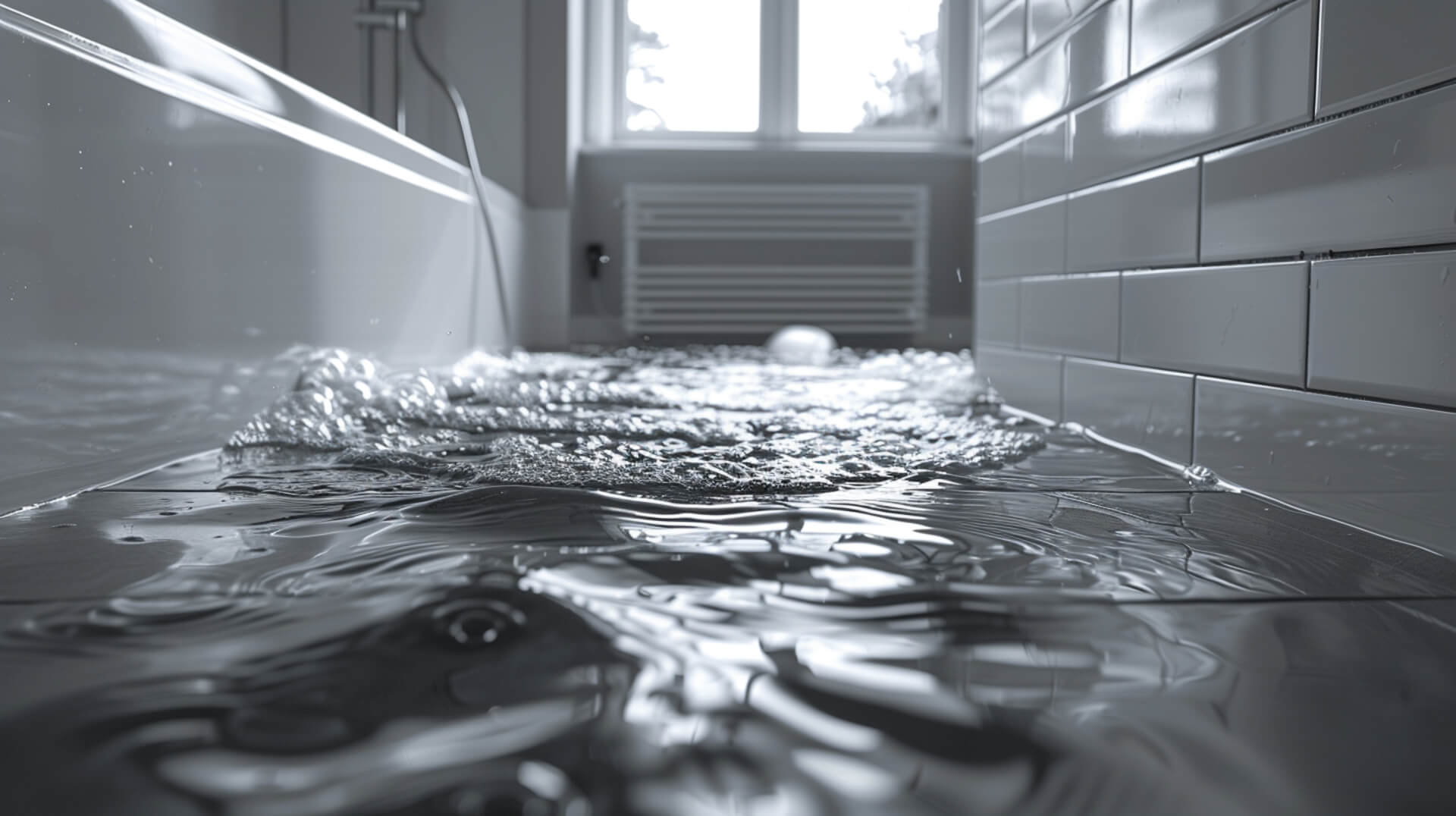 Are Smelly Drains A Sign of A Bigger Plumbing Issue
Are Smelly Drains A Sign of A Bigger Plumbing Issue

When you detect an unpleasant odour emanating from your drains, it’s not just a nuisanceit could be a harbinger of more significant plumbing complications. Understanding the common smells associated with plumbing issues is the first step in addressing them. For instance, a sulfuric, rotten egg-like scent often points to the presence of hydrogen sulphide, a toxic sewer gas. Methane, another component of sewer gas, is odourless but can be detected through the addition of an odorant for safety reasons.
Identifying the Source of Drain Odours
Identifying the source of a smelly drain is crucial for proper diagnosis and resolution. If the odour is isolated to one drain, it may suggest a simple blockage or dry P-trap. However, if multiple drains in your property are affected, this could indicate a more systemic issue, such as a problem with the sewer line itself.
The Significance of Smelly Drains
A smelly drain might seem like a minor inconvenience, but it can signal a larger problem within your plumbing system. Persistent or severe odours should not be ignored, as they can point to blockages, sewer line damage, or ventilation issuesall of which can escalate into more severe and costly damages if left unaddressed.
Origin Points of Drain Odours
Most smelly drain issues originate within the drainage system where waste and water are transported. Key components like P-traps and vents are designed to prevent sewer gas from entering your home. When these fail or are compromised, odours can become noticeable. Regular inspection and maintenance of these components are essential in preventing smelly drains and ensuring the overall health of your plumbing system.
Understanding the Composition of Sewer Gases
When you encounter a foul odour emanating from your drains, it’s often due to sewer gases escaping into your living or working space. These gases are a mixture of various compounds, some of which pose significant health risks.
Primary Components of Sewer Gas
Sewer gas is primarily composed of:
- Hydrogen Sulphide: Recognisable by its rotten egg smell, this gas is produced by the bacterial breakdown of organic matter in the absence of oxygen.
- Methane: A colourless, odourless gas that can displace oxygen in an enclosed area, posing a risk of suffocation or even explosion.
Health Concerns with Hydrogen Sulphide
Hydrogen sulphide is particularly concerning in residential and commercial properties due to its toxicity. Even at low concentrations, it can cause irritation of the eyes and respiratory system, while higher levels can lead to more severe health effects.
Methane’s Contribution to Risk
Methane contributes to the overall risk associated with sewer gases not only because of its asphyxiation hazard but also due to its flammability. It’s essential to address methane leaks promptly to prevent potential accidents.
Entry Points of Sewer Gases
Sewer gases typically enter living or working spaces through:
- Dry P-traps in drains
- Cracks or leaks in the sewer lines
- Improperly installed or maintained plumbing vents
Understanding these components and their risks can help you identify the need for immediate action to maintain a safe and healthy environment.
The Crucial Role of P-Traps in Preventing Odours
P-Traps play an indispensable role in maintaining the hygiene and comfort of your property’s plumbing system. These curved pipes are fundamental in preventing sewer gases from entering homes and buildings.
Function of P-Traps
A P-Trap is designed to:
- Retain a small amount of water in the curve of the pipe after each use.
- Act as a barrier that blocks sewer gases from rising into the living or working space.
- Catch debris that has been drained, preventing potential clogs deeper in the plumbing system.
Common Reasons for P-Trap Failures
P-Traps may fail to block sewer gases due to:
- Evaporation: If a fixture is not used regularly, the water in the P-Trap can evaporate, allowing gases to seep through.
- Leaks: Damage to the P-Trap or its seals can lead to water leakage and loss of the water seal.
Ensuring P-Trap Functionality
Property owners can ensure their P-Traps are functioning correctly by:
- Regular Use: Running water through infrequently used fixtures to maintain the water seal.
- Inspections: Checking for leaks or damage and repairing any issues promptly.
Critical Placement of P-Traps
P-Traps are most critical in:
- All fixtures that connect to the sewer line, including sinks, toilets, and floor drains.
- Areas prone to evaporation, such as guest bathrooms or outdoor sinks.
By understanding and maintaining the P-Traps in your plumbing system, you can effectively prevent unpleasant odours and maintain a healthy living or working environment.
Indicators of Bacterial Build-Up and Organic Matter in Pipes
Recognising the signs of bacterial growth and organic matter accumulation in your plumbing system is crucial for maintaining a clean and odour-free environment. These signs often point to the need for maintenance to prevent blockages and the release of unpleasant odours.
Common Signs of Accumulation
You may notice the following indicators of bacterial and organic build-up:
- Persistent foul odours emanating from drains, even after cleaning.
- Slow drainage, which suggests a blockage is forming within the pipes.
- Gurgling sounds from drains, indicating trapped air due to clogs.
Consequences of Accumulation
This accumulation can lead to:
- Smelly drains, as bacteria break down organic matter, releasing sewer gases.
- Potential blockages, which can escalate to more severe plumbing issues if not addressed.
Preventing Build-Up Through Maintenance
Regular maintenance can prevent these issues:
- Frequent cleaning with hot water, baking soda, and vinegar to dissolve organic matter.
- Professional inspections to identify and address early signs of build-up.
Likely Locations for Build-Up
Build-up is most likely to occur in:
- Areas with frequent organic waste, such as kitchen sinks and garbage disposals.
- Low-flow fixtures, where insufficient water flow allows for stagnation.
By staying vigilant and performing regular maintenance, you can prevent the unpleasant consequences of bacterial and organic matter accumulation in your plumbing system.
The Impact of Clogged Drains on Plumbing Health
Clogged drains are not just a nuisance; they can be symptomatic of deeper plumbing health issues. Understanding the causes and consequences of these blockages is essential for maintaining a functional and odour-free drainage system.
Common Causes of Clogged Drains
Clogged drains typically result from:
- Organic matter accumulation: Hair, soap residue, grease, and food waste can form blockages over time.
- Foreign objects: Items that are not meant to be flushed or washed down the drain can get lodged in the pipes.
Reasons for Odour Emission from Clogged Drains
Unpleasant odours often accompany clogged drains due to:
- Decomposition: As organic materials break down, they can release foul-smelling gases.
- Bacterial activity: The presence of bacteria feeding on the clogged matter can produce odorous by-products.
Addressing Clogs to Prevent Odours
To effectively address clogs and prevent odours, property owners should:
- Regularly clean drains: Use a mixture of boiling water, baking soda, and vinegar to dissolve and dislodge buildup.
- Employ mechanical methods: A plunger or plumber’s snake can be effective for removing physical blockages.
Preventive Focus Areas
To prevent future clogs and associated smells, attention should be focused on:
- Proper disposal practices: Avoid pouring grease down the drain and use drain strainers to catch hair and food particles.
- Routine maintenance: Regular checks can help catch and address issues before they escalate.
By proactively managing what goes down the drains and performing regular maintenance, you can safeguard the health of your plumbing system and prevent the occurrence of smelly drains.
Identifying Sewer Line Complications
Sewer line issues are a significant concern and often manifest as more than just an isolated smelly drain. Recognising the symptoms that suggest a broader problem is crucial for property owners.
Symptoms of Sewer Line Problems
If you’re experiencing any of the following, it may indicate a sewer line issue:
- Multiple clogged drains: If more than one fixture is backing up, it’s a sign that the problem is beyond a single drain.
- Changes in lawn appearance: Unusual dampness or a patch of greener grass could signal a sewer line leak.
- Unpleasant odours outside: Sewer line breaks often release odours around the property.
Complexity of Sewer Line Issues
Sewer line complications are complex due to:
- Accessibility: Sewer lines are buried underground, making them difficult to inspect and repair.
- Extent of damage: Problems may span a large section of the pipe, requiring extensive work.
Professional Diagnosis and Repair
Professionals diagnose sewer line problems using:
- CCTV drain surveys: A camera inspection identifies blockages and damage within the pipes.
- Hydro-jetting: High-pressure water clears severe clogs and buildup.
Origin and Prevention of Sewer Line Issues
Sewer line problems often originate from:
- Tree root intrusion: Roots seeking moisture can penetrate and block pipes.
- Ageing infrastructure: Older pipes can corrode or collapse over time.
Preventive measures include:
- Regular inspections: Early detection of potential issues can prevent major damage.
- Mindful landscaping: Avoid planting trees near sewer lines to prevent root intrusion.
The Importance of Proper Ventilation in Plumbing Systems
Proper ventilation is a critical component of a healthy plumbing system. It serves to prevent the buildup of harmful sewer gases within your property by ensuring a steady flow of air.
Role of Ventilation in Plumbing
Ventilation in plumbing systems is designed to:
- Regulate air pressure: This facilitates the flow of wastewater and prevents vacuums that could disrupt water seals in P-traps.
- Remove gases and odours: Vents allow for the safe expulsion of sewer gases to the outside atmosphere.
Consequences of Inadequate Ventilation
Inadequate ventilation can lead to:
- Smelly drains: Without proper venting, sewer gases may seep back into the property through drains.
- Slow drainage: Poor ventilation can cause traps to empty, allowing gases to enter and water to drain slowly.
Ensuring Proper Ventilation
Property owners can ensure proper ventilation by:
- Regular inspections: Check that vents are not blocked by debris, nests, or other obstructions.
- Consulting professionals: If you suspect ventilation issues, a professional can assess and rectify the situation.
Common Ventilation Issues
Ventilation issues are commonly found in:
- Roof vents: These can become blocked by leaves, snow, or even bird activity.
- Older properties: Ageing systems may not meet current ventilation standards and may require upgrades.
By maintaining the ventilation of your plumbing system, you can prevent smelly drains and ensure the system operates efficiently and safely.
Preventative Maintenance to Avoid Smelly Drains
Routine maintenance is a cornerstone of plumbing health, helping to prevent the occurrence of smelly drains. By adhering to a regular maintenance schedule, property owners can ensure their plumbing systems remain in optimal condition.
Routine Maintenance Tasks
To prevent smelly drains, consider the following tasks:
- Regularly flush drains with hot water to prevent organic matter accumulation.
- Use natural cleaners like baking soda and vinegar to break down potential clogs.
- Inspect P-Traps for water levels to ensure they are sealing properly against gas entry.
The Importance of Preventative Maintenance
Preventative maintenance is crucial because:
- It extends the lifespan of your plumbing system.
- It avoids costly repairs by identifying issues early.
- It ensures a healthy living environment by preventing the escape of sewer gases.
Inspection and Cleaning Frequency
Plumbing systems should be inspected and cleaned:
- Bi-annually, at the very least, to prevent buildup and detect issues.
- More frequently in areas with hard water or high usage.
Resources for Maintenance Assistance
Property owners can find resources and professionals through:
- Local plumbing services that offer routine maintenance and inspections.
- Online directories and review platforms to find reputable plumbers.
- Home improvement stores that often provide DIY advice and supplies.
By engaging in regular maintenance and seeking professional assistance when necessary, you can maintain a healthy plumbing system and prevent the inconvenience of smelly drains.
Recognising the Need for Professional Plumbing Services
While many drain issues can be addressed with DIY methods, there are certain signs that indicate the need for professional plumbing services. Understanding when to seek expert assistance can save you time and prevent potential damage to your plumbing system.
Signs That Warrant a Plumber’s Expertise
Consider calling a professional if you notice:
- Recurring clogs that persist despite repeated attempts to clear them.
- Multiple affected fixtures, suggesting a problem beyond a single drain.
- Sewage backups, which are a clear sign of a serious sewer line issue.
- Foul odours that do not dissipate after cleaning P-traps and vents.
Limitations of DIY Plumbing Solutions
DIY solutions may be insufficient due to:
- Complexity of the plumbing system: Issues may be deeper and more intricate than they appear.
- Risk of exacerbating the problem: Incorrect methods can lead to further damage.
- Lack of specialised tools: Professional plumbers have access to equipment like hydro-jetting machines and inspection cameras.
Professional Approach to Smelly Drain Issues
Plumbers typically:
- Conduct thorough inspections: Using tools like CCTV cameras to pinpoint the issue.
- Provide comprehensive solutions: Addressing the root cause rather than just the symptoms.
- Offer guarantees: Ensuring that the problem is resolved to your satisfaction.
Locating Reputable Plumbing Services
To find reputable plumbers, you can:
- Check online reviews: Platforms like Yelp or Google Reviews provide customer feedback.
- Ask for recommendations: Friends and family can share their experiences with local services.
- Verify credentials: Ensure the plumber is licenced and insured for your protection.
By recognising when to call a professional, you ensure that your plumbing issues are resolved efficiently and effectively, safeguarding the health of your plumbing system.
Innovations in Plumbing Technology for Smell Prevention
Advancements in plumbing technology have provided property owners with sophisticated tools for diagnosing and preventing issues that can lead to smelly drains.
Available Technologies for Plumbing Diagnostics
The following technologies are enhancing the ability to diagnose plumbing problems:
- CCTV Drain Surveys: Utilise cameras to inspect pipes for blockages and damage.
- Leak Detection Systems: Identify leaks with acoustic sensors or thermal imaging.
- Trenchless Pipe Repair: Repair pipes without extensive excavation, preserving property integrity.
Benefits of Advanced Plumbing Technologies
These technologies offer several benefits:
- Efficiency: Quickly identify and address issues without guesswork.
- Cost-Effectiveness: Prevent extensive damage and reduce the need for major repairs.
- Minimal Disruption: Many solutions are non-invasive, avoiding significant disturbance to your property.
Improving Plumbing System Health
Incorporating these technologies can:
- Extend the lifespan of plumbing systems by ensuring timely repairs.
- Prevent odours by identifying and resolving issues before they escalate.
- Maintain water quality by ensuring the system is free from contaminants.
Implementation of Plumbing Technologies
These technologies have been effectively implemented in:
- Residential properties: Enhancing home plumbing maintenance.
- Commercial facilities: Ensuring the reliability of larger-scale plumbing systems.
- Municipal systems: Assisting in the management of public sewage and water treatment infrastructure.
By staying informed about and utilising these technological advancements, you can proactively maintain your plumbing system’s health and prevent the occurrence of smelly drains.
Environmental Considerations in Plumbing Maintenance
In the realm of plumbing maintenance, environmental considerations are becoming increasingly important. Property owners are encouraged to adopt practices that not only preserve plumbing health but also protect the ecosystem.
Adopting Eco-Friendly Plumbing Solutions
Eco-friendly plumbing solutions include:
- Using natural cleaners: Substances like baking soda and vinegar can effectively clean drains without the harsh impact of chemical cleaners.
- Proper disposal of waste: Avoid flushing non-biodegradable items and dispose of grease and oils responsibly to prevent pipe blockages and reduce water contamination.
Importance of Sustainable Practices
Sustainable plumbing practices are vital because they:
- Minimise ecological damage: Chemical cleaners can seep into groundwater, harming wildlife and plant life.
- Promote long-term health: Reducing the use of toxic substances in maintenance routines contributes to a healthier environment for all.
Resources for Sustainable Plumbing
Information on sustainable plumbing practices can be found through:
- Environmental protection agencies: They often provide guidelines for eco-friendly home maintenance.
- Plumbing professionals: Many are now trained in and advocate for green plumbing solutions.
- Online platforms: Websites dedicated to sustainable living offer a wealth of tips and best practices.
By integrating these environmentally friendly practices into regular plumbing maintenance, you contribute to the well-being of the planet while ensuring the longevity and efficiency of your plumbing system.
Key Takeaways for Property Owners on Smelly Drains
Addressing smelly drains is not merely about eliminating a nuisance; it’s about safeguarding the health of your plumbing system and, by extension, your property. Here are the essential points to remember:
Proactive Plumbing Maintenance
- Regular Checks: Periodic inspections can catch early signs of issues before they escalate.
- Preventative Cleaning: Simple routines using household items like baking soda can prevent clogs and odours.
Implementing Learned Strategies
To improve your plumbing system:
- Adopt Routine Practices: Integrate regular drain cleaning and inspections into your property maintenance schedule.
- Stay Informed: Keep abreast of new plumbing technologies and eco-friendly practices that can benefit your system.
Seeking Further Plumbing Advice
For additional assistance:
- Consult Professionals: Reach out to licenced plumbers for expert advice and service.
- Utilise Online Resources: Access a wealth of information available on plumbing from reputable websites and forums.
By taking these steps, you can maintain a healthy plumbing system, prevent the inconvenience of smelly drains, and ensure a comfortable environment for all occupants.
